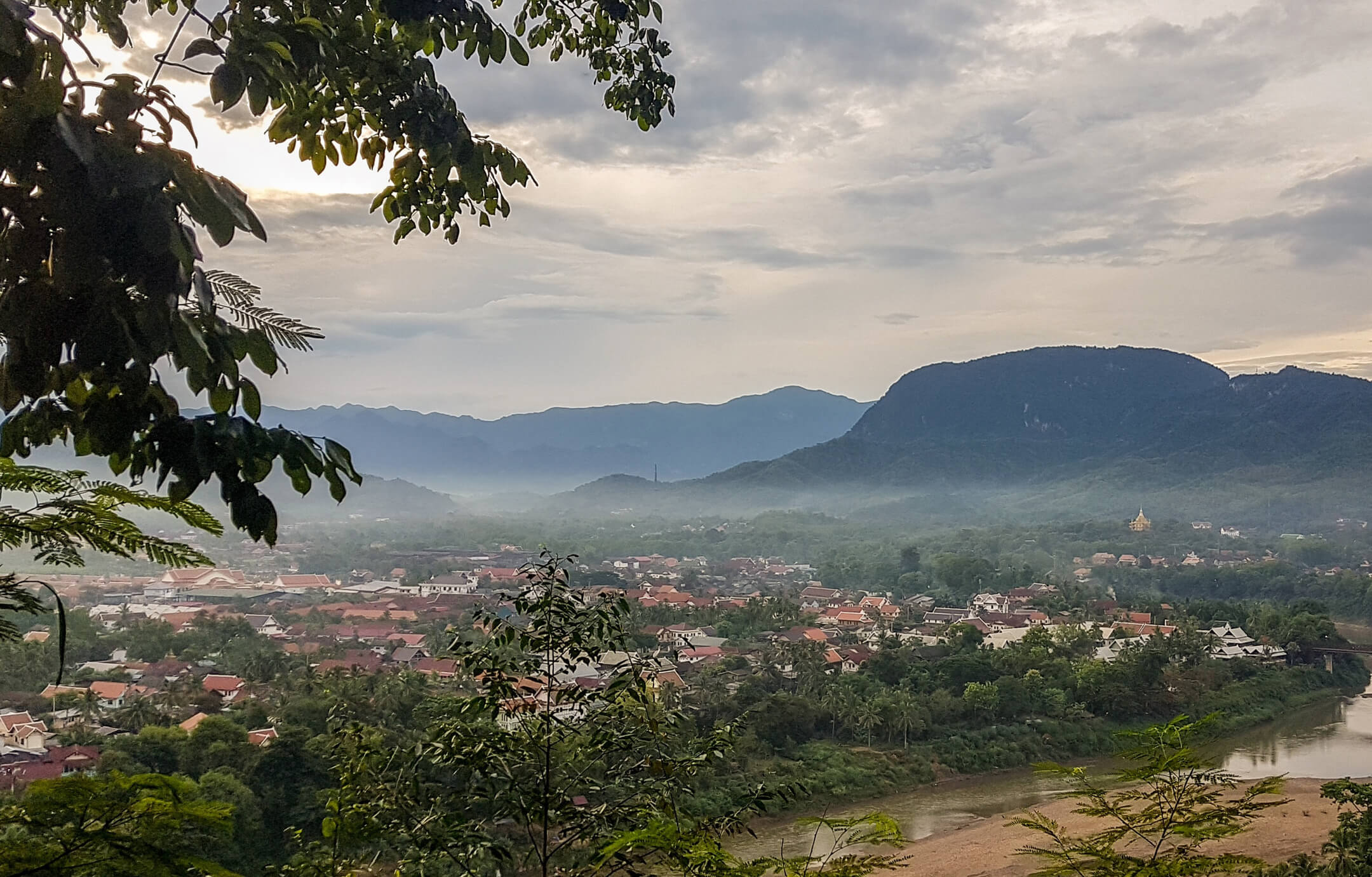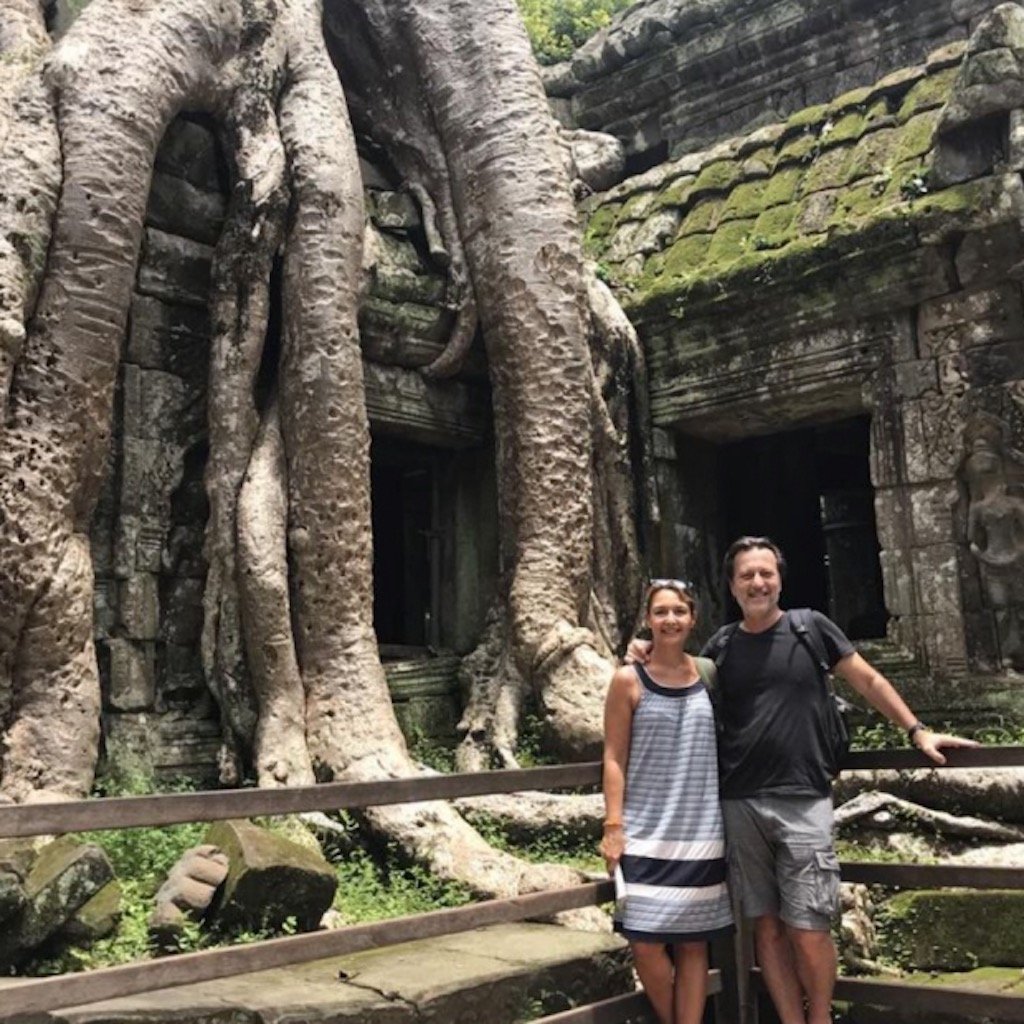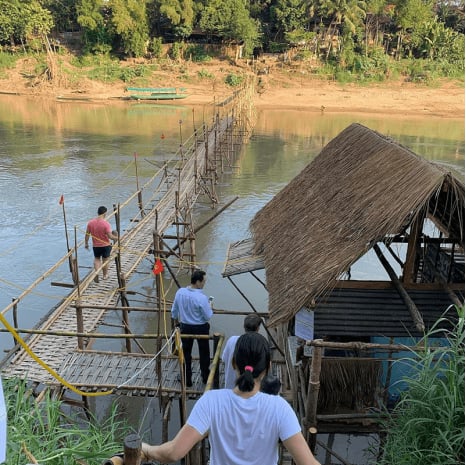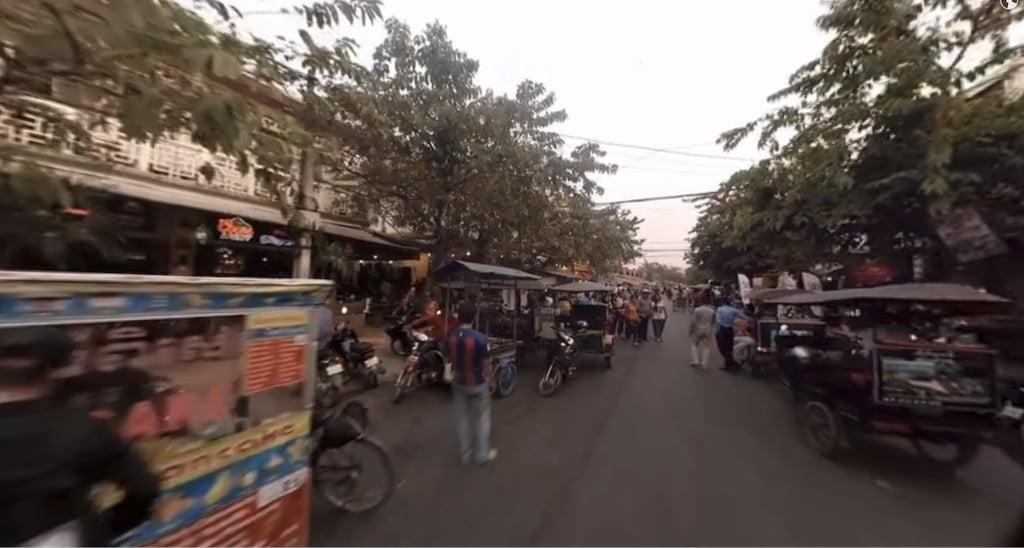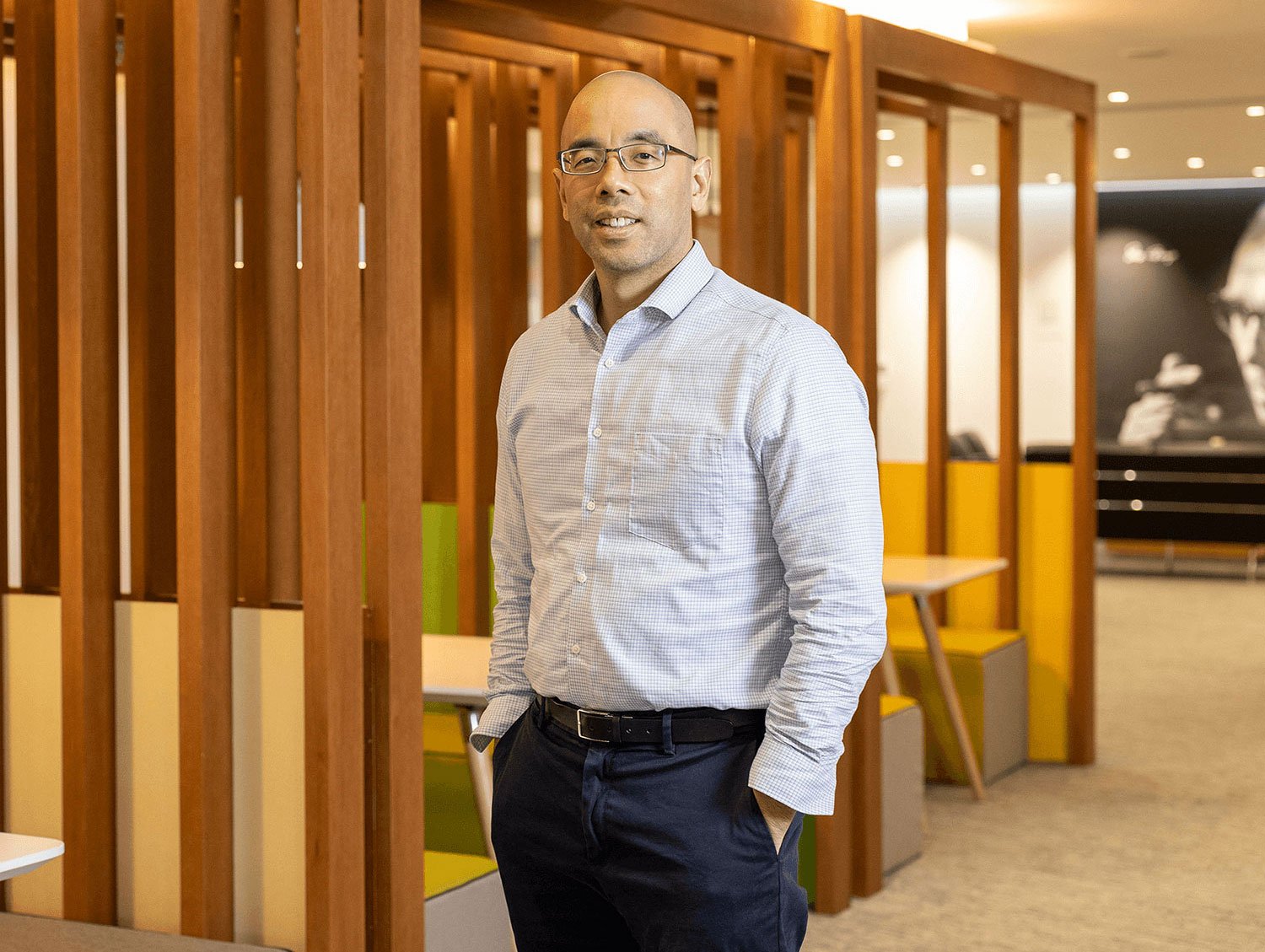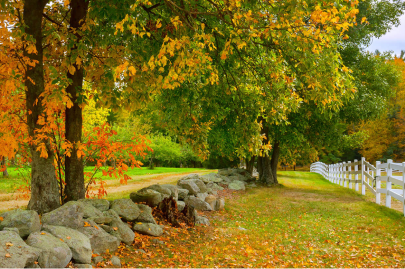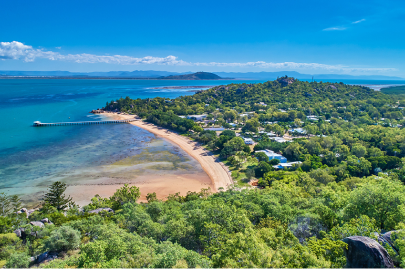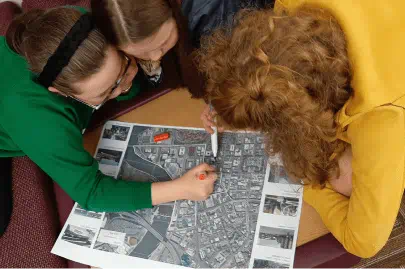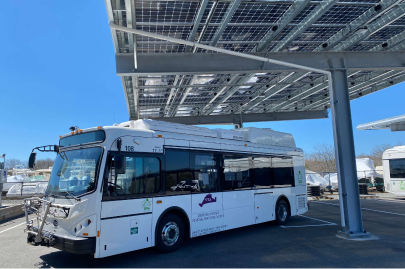LOADING...
Green Mobility Study, Cambodia and Laos
Designing
green and
resilient
futures
Corey Wong,
Associate Director, Transport Consulting
Scroll to explore
Protecting and preserving World Heritage sites while fighting pollution.
Sounds from Siem Reap and Angkor Wat, modulated by the volumes of traffic measured as part of our work to redesign the cities’ transport networks.
Audio experienceEnvironmental action at a city scale
UNESCO World Heritage sites across Asia are increasingly affected by pollution damage. The World Bank commissioned us to develop plans for greener transport systems for two cities with historic sites - one in Laos and one in Cambodia.
The aim of this analytical work is to catalyse a major shift in the cities’ transport cultures and dramatically improve people’s health and wellbeing.
Major attraction
Millions of tourists, from all around the world, visit the historic sites in Cambodia and Laos every year, capturing their experience on social media
Measuring resilience
Underpinned by evidence-based research, the index measures cities against 12 goals to identify critical key mobility shortcomings and to plan improvements

Impact on economies and heritage
Luang Prabang in Lao People’s Democratic Republic and Siem Reap in Cambodia are both global tourist destinations, attracting nearly one million and more than four million annual tourists respectively, and contributing significantly to their nations’ economies. Yet the impact of visitors is taking a toll on infrastructure and communities. With little-to-no public transport and around 80 per cent of the population of both cities relying on loud and dirty motorbikes, pollution levels are worsening and creating health risks. Increasing emissions are also damaging the monuments people flock to see.
Explore Siem Reap in 360
Redirecting the future of travel
Following extensive study, our team has proposed major changes to how local people and tourists travel within these cities. As well as considering electric buses and new cycle networks, we have outlined improvements to pavements and the street environment that are designed to make walking far safer and more desirable.
A proposed package of investment for each city – alongside better zoning and improved enforcement of regulations to prevent illegal parking – will safeguard people’s health as well as protect the heritage sites from more environmental damage.
Behavioural change
Workshops have been held, and there are more planned, to encourage communities to travel more sustainably and teach young people about green mobility
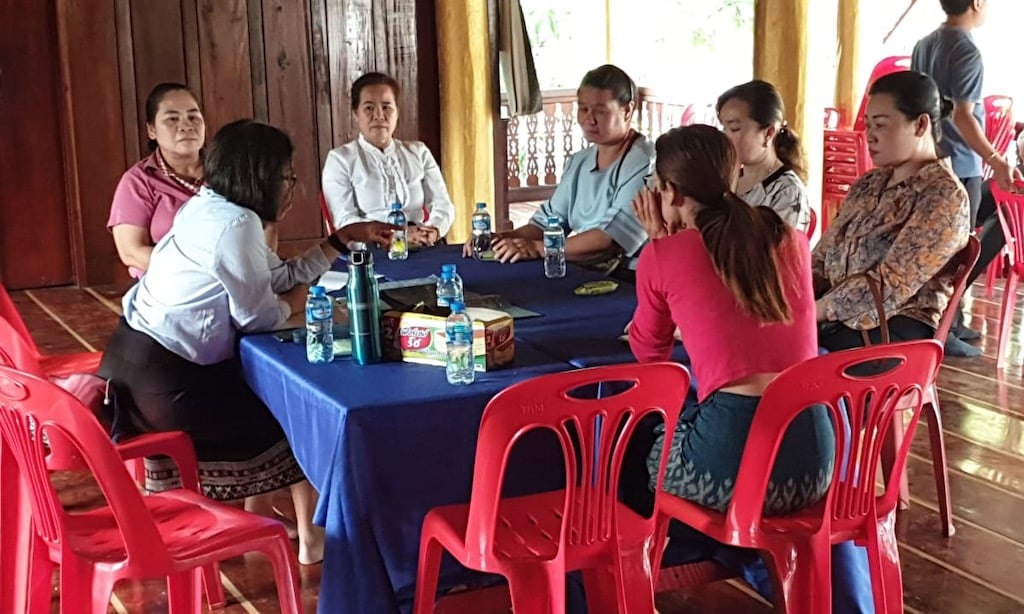
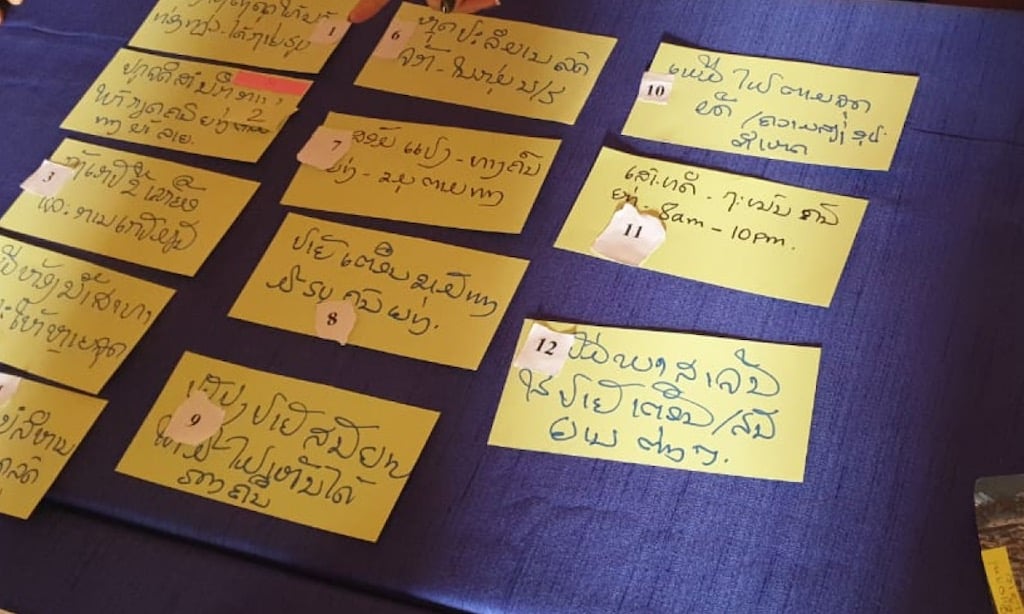
A new way of thinking
“We’ve run workshops to understand the needs and priorities of disadvantaged groups," explains Corey Wong, the project’s leader and an associate director in Arup’s East Asia transport consulting team. “We will soon hold training sessions with local universities to inspire them to shift their mentality and change how they travel."
“We’ve also led training workshops with national and local government officials, working directly with those who plan urban infrastructure. The aim is to spread the message that efficient road design no longer means accommodating as much motorised traffic as possible, but rather maximising people’s movement in a safe, comfortable and secure way", says Corey. Training has included government officials from transport and planning ministries as well as local universities in both countries.
Analysing the data
Anonymous mobile phone data from Verasat revealed the most common trips and congestion hot spots, helping map the areas of the city most in need of improvements
Tech-powered teamwork
Our Hong Kong-led team drew on Arup expertise from London, Melbourne, New York, Singapore and Sydney, as well as knowledge gained from our Walking in the Tropics research and insights that emerged during an earlier bus network restructuring project in Hanoi.
The pandemic meant changing engagement tactics, since our team couldn’t survey the local populations’ travel habits in person. Instead, we analysed anonymised mobile phone data to understand how people move around the city, building a detailed picture of individual movements and congestion hotspots. We combined these insights with information from other digital tools to map conditions on the ground, identifying key locations for improvements.
“ Efficient road design no longer means accommodating as much traffic as possible. It’s about maximising people’s movement in a safe, comfortable and secure way."
Corey Wong,
Associate Director, Transport Consulting
A roadmap for preserving cultural treasures
The COVID-19 pandemic provides an opportunity for urban leaders to pause, rethink, and ‘build back better’ – and authorities in the two cities are working on proposed measures for green, resilient and inclusive transportation. While we wait to see the results in Luang Prabang and Siem Reap, we are exploring ways to take a similar approach across South East Asia and other World Heritage sites globally. Green mobility is just one part of Arup’s commitment to sustainability – in this case, it’s a powerful way to protect people’s health, improve their lived daily lives, and preserve local environments and cultural history.
